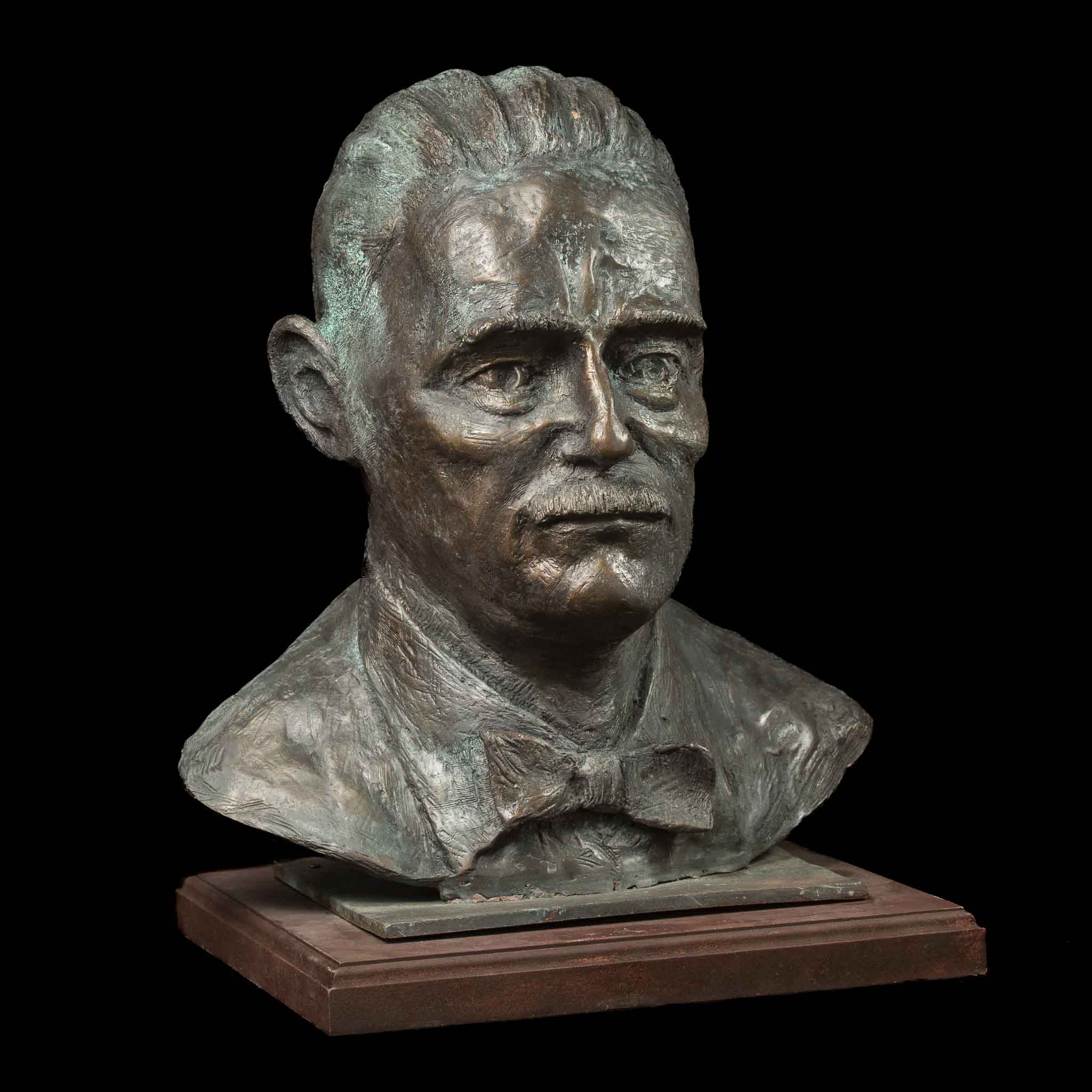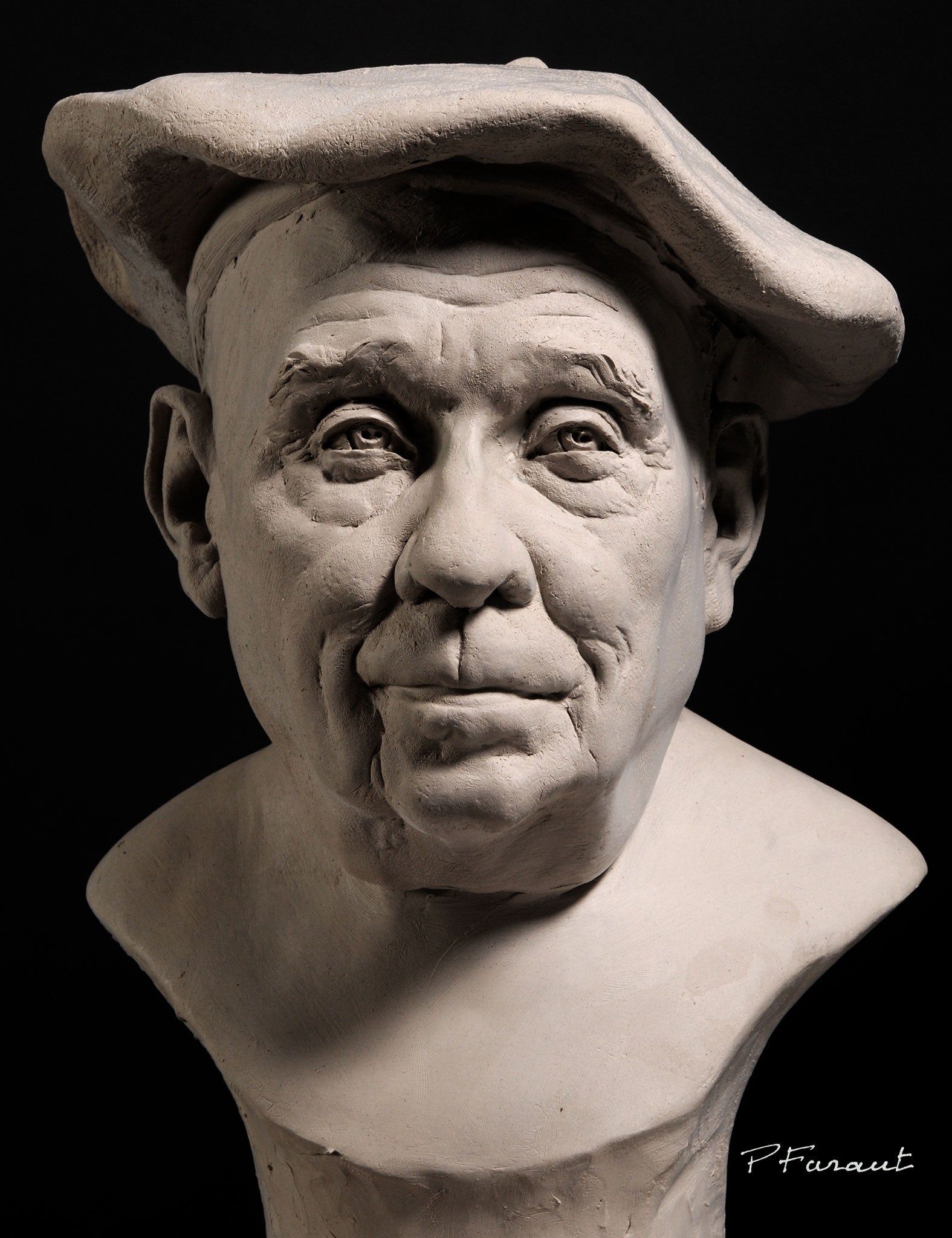The Development of Sculptures: From Ancient to Modern
The Development of Sculptures: From Old to Modern.
Sculpture, one of the oldest types of art, has actually been an integral part of human world for millennia (Robert C Hitchcock Sculptor). From the ancient worlds of Egypt and Greece to the contemporary period, sculptures have evolved, reflecting changes in imaginative strategies, materials, and social influences. This trip through time traces the advancement of sculptures, exploring the shifts stylishly, topic, and imaginative expression
Starting with the ancient world, sculptures crafted from rock and later bronze captured the essence of divine beings, rulers, and everyday life. The Renaissance duration observed a revival of classical sculpting methods, as artists sought to replicate the stylish types of ancient Greek and Roman sculptures. In the contemporary period, artists challenged traditional borders, accepting abstraction and testing with new materials.

This expedition will certainly explore the varied evolution of sculptures, disclosing the rich tapestry of imaginative expression throughout different periods and cultures.
Old Sculptures: From Rock to Bronze
Old sculptures transitioned from being sculpted out of rock to being cast in bronze. This shift marked a considerable advancement in the art of sculpture, enabling for higher improvement and detail in the ended up works. Stone sculptures, while excellent in their very own right, were restricted by the nature of the material. Stone called for comprehensive shaping and carving, commonly causing a much more simplified depiction of the topic.
The intro of bronze as a tool for sculptures caused a revolution in artistic expression. Bronze offered sculptors the chance to create intricate and lifelike forms that were not possible with rock. The process of casting bronze permitted for the creation of several copies of a sculpture, making it possible for broader distribution and preservation of these creative masterpieces.
The transition from stone to bronze likewise saw a shift in the subject matter of sculptures. While stone sculptures mostly shown gods, sirens, and mythical figures, bronze sculptures started to show a more comprehensive variety of topics, including daily people and animals. This expansion of subject showcased the adaptability and versatility of the bronze tool.
Renaissance Rebirth: Shaping in the Classical Style
The Renaissance rebirth of sculpture observed a resurgence in the timeless style, structure upon the developments made during the transition from rock to bronze in ancient sculptures. Throughout this period, artists looked for to recreate the timeless aesthetic and suitables of appeal that prevailed in old Greek and Roman sculptures.
One of the vital features of the Renaissance revival was the focus on naturalism and the human kind. Sculptors like Donatello and Michelangelo aim to capture the physiological details and expressions of their topics with unprecedented accuracy. They researched the human body and incorporated their observations into their sculptures, causing lifelike and reasonable representations.
An additional crucial aspect of the Renaissance revival was the expedition of perspective and depth. Musicians used methods such as contrapposto, where the weight of the body is moved away, producing a feeling of motion and dynamism. They also tried out with different products, consisting of marble and bronze, to achieve a degree of refinement and complexity in their sculptures.
The classical design of the Renaissance revival had a profound influence on later periods of art, acting as a structure for the development of Western sculpture. It brought a restored appreciation for the elegance and magnificence of the human kind, and its heritage can still be seen in contemporary sculptures today.
Modernism and the Avant-Garde: Breaking Traditional Borders

Among the essential characteristics of modernist sculpture was the emphasis on abstraction. Sculptors moved far from sensible depictions and rather concentrated on catching the significance of the subject through streamlined kinds and geometric shapes. This departure from standard representation permitted artists to express their feelings and concepts in a much more personal and subjective way.
Furthermore, the progressive motion challenged societal norms and conventions, urging musicians to experiment and press the borders of their art - Portrait Sculptor. Carvers started including site web non-traditional products such as located things, industrial materials, and also all-natural elements into their work. This expedition of brand-new materials and strategies not only expanded the possibilities for sculpture but additionally challenged the standard concepts of what might be thought about art
Contemporary Sculptures: Checking Out New Materials and Concepts
With a concentrate on checking out brand-new materials and principles, modern sculptures have reinvented the area of art. Artists today are pressing the boundaries of standard sculpture by using ingenious materials and experimenting with abstract concepts. These sculptures challenge conventional ideas of significance, form, and materiality, inviting customers to engage in a brand-new and provocative imaginative experience.
Contemporary carvers are embracing a vast range of materials, including plastic, glass, steel, and also natural issue. Portrait Sculptor. They are not restricted to the conventional tool of rock or clay, enabling greater freedom of speech and testing. This change towards unique products has opened up new possibilities for musicians to create sculptures that are dynamic, interactive, and visually striking
In enhancement to exploring new products, contemporary sculptures likewise delve right into facility and abstract concepts. Artists are now checking out themes such as identification, social issues, and the environment, using sculpture as an effective medium for social commentary and introspection. These sculptures challenge audiences to believe critically and engage with art on a deeper level, stimulating conversations and provoking emotional responses.
International Influences: Sculptural Practices From Around The Globe

In ancient Egypt, sculptures were created mainly for religious and funerary purposes. The famous sculptures of gods and pharaohs, such as the Great Sphinx and the bust of Queen Nefertiti, display the Egyptians' proficiency of rock sculpting and their belief in the afterlife.
In old Greece, sculpture reached its optimal during the classic duration. Influenced by the ideals of proportion, beauty, and consistency, Greek sculptures stressed the human type and commemorated the accomplishments of professional athletes, heroes, and gods. The popular sculptures of Aphrodite of Knidos and the Discobolus exemplify the Greeks' pursuit of excellence in sculptural art.
In old Rome, sculpture offered both artistic and political objectives. Bronze Sculptures. Roman sculptures typically depicted emperors, generals, and mythological numbers, reflecting the power and magnificence of the realm. The marble sculpture of Augustus of Prima Porta and the huge Arc of Constantine are notable instances of Roman sculptural achievements
Oriental sculptural practices, particularly in India, China, and Japan, have likewise had an extensive impact on the advancement of sculptures. Japanese sculptures, affected by Buddhism, emphasize simplicity and harmony, seen in the peaceful statues of Buddha and the classy art of bonsai.
The global impacts on sculpture proceed to progress in the modern-day age. As we look to the future, it is certain that the international influences on sculpture will certainly continue to shape and redefine this old art kind.
Final Thought
In conclusion, the development of sculptures has actually seen a change from old stone and bronze works to the timeless revival during the Renaissance. This was followed by the breaking of standard borders via modernism and the avant-garde movement. Today, contemporary sculptures check out brand-new materials and concepts, while also drawing inspiration from international sculptural practices. The journey of sculptures mirrors the ever-changing artistic expressions and cultural impacts throughout background.
From the old people of Egypt and Greece to the modern period, sculptures have actually progressed, showing adjustments in imaginative techniques, materials, and social impacts.Beginning with the old globe, sculptures crafted from rock and later bronze recorded the essence of divine beings, leaders, and day-to-day life.Old sculptures transitioned from being carved out of rock to being cast in bronze. While rock sculptures mainly shown gods, sirens, and mythological figures, bronze sculptures began to mirror a more comprehensive variety of topics, consisting of daily people and pets.In conclusion, the development of sculptures has actually seen a shift from ancient rock and bronze works to the timeless rebirth throughout the Renaissance.